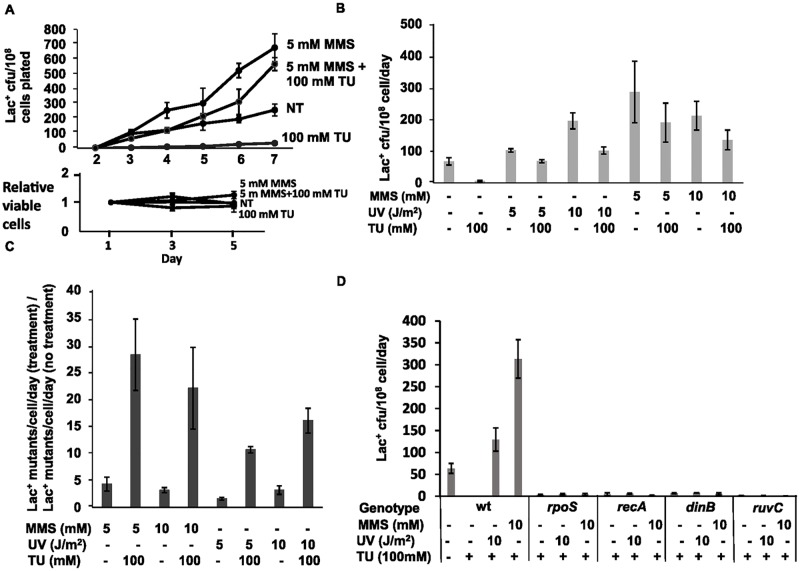Fig 6. Base-damage treatments substitute for ROS-induced 8-oxo-dG in MBR.
(A) Methyl methanesulphonate (MMS) or UV-C light restore mutagenesis to ROS-scavenged cells. Representative experiment. ROS are reduced with 100 mM thiourea (TU); NT, no treatment. Below is a representative example of viability data showing that TU treatment and MMS/UV pulse treatment do not affect tester-cell viability during the mutagenesis assay. (B) Quantification from multiple experiments. Non-lethal doses of MMS (5 mM and 10 mM) or ultraviolet C light (UV) (5 and 10 J/m2) restored mutagenesis to cells treated with high levels of TU. For 5 J/m2 UV, there is an 11 ± 0.6-fold increase (p = 0.0004, Student’s 2-tailed t-test), compared with TU treatment with no mutagen. For 10 J/m2 UV, the increase is 16 ± 2.3-fold (p = 0.001, Student’s 2-tailed t-test; for 5mM MMS, 28 ± 6.6-fold (p = 0.049, Student’s 2-tailed t-test) and for 10mM MMS, 22 ± 7.8-fold (p = 0.02, Student’s 2-tailed t-test). (C) MMS and UV treatments have much stronger effects on Lac+ mutant formation when ROS are scavenged by TU than when they are not. Although both treatments increased basal Lac+ mutation rates, 3 ± 0.5-fold with 10 mM MMS and 3.0 ± 0.8-fold with 10 J/m2 UV, the increases caused by MMS or UV were much greater in TU treated than untreated cells, indicating that MMS and UV treatments specifically substitute for the requirement for ROS (p = 0.006 for both, Student’s 2-tailed t-tests, when comparing mutagen +TU/NT+TU with mutagen only/NT with no mutagen). Data are from Fig 6B. (D) The mutagenesis restored to ROS-depleted cells by UV and MMS is on-pathway MBR, requiring RpoS, RecA, DinB and RuvC. Thus, the requirement for damaged bases in DNA for MBR is not specific to 8-oxo-dG, but can be provided by other replication-hindering DNA damage. Strains used: Wild-type (WT), SMR4562; ΔrpoS, PJH1399; recA, SMR4610; dinB50, SMR5889; ruvC, SMR6906.

